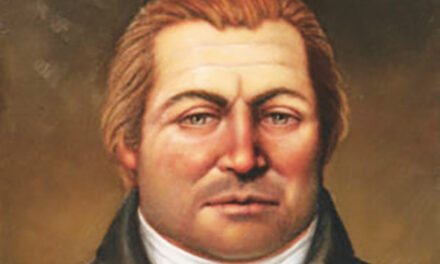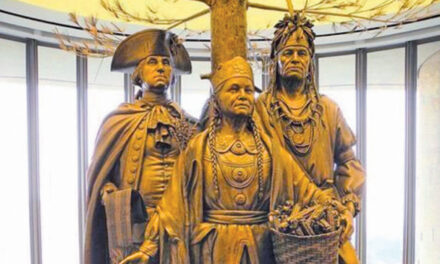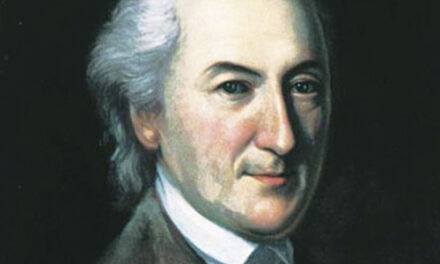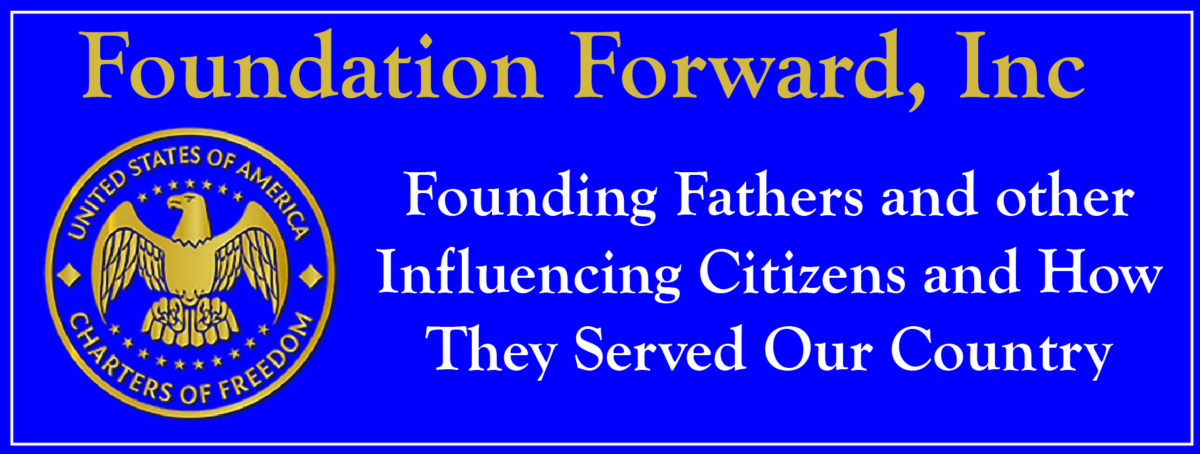
By David W. Streater, PhD – This vignette is an educational moment in American history. It is about those who made a difference during the Revolutionary War era and how they served our country.
Occasionally, a generation will experience an exceptional person who has the needed innate talents for the time. Such a person was Henry Knox.
On July 25, 1750, Henry Knox was born in Boston, Massachusetts, to Mary Campbell Knox and William Knox. William was a shipyard laborer and traveled to earn a meager living. When Henry was 12, William died while working overseas. This problematic situation forced Henry to leave the Boston Latin Grammar School to help support his mother and brother. These abysmal situations led to his helping to create the United States.
Working as an apprentice bookbinder, Henry had access to books covering many “subjects, including military strategy and weaponry.” Henry also studied “Sharpe’s Military Guide and Julius Ceasar’s Commentaries.” His extensive understanding led Knox to engineer, build, and tactically place military redoubts, troops, and weaponry.
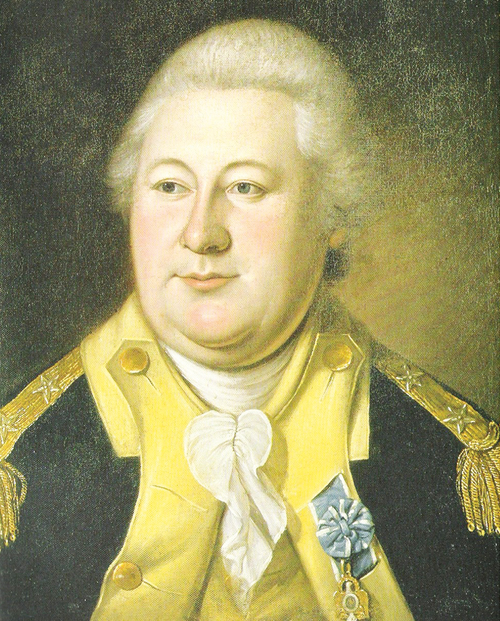 During this time, Knox continued to work with books. By his 21st birthday, Henry opened the London Book Store in a stylish Boston area. Henry’s shop became popular and profitable, attracting politicians, aristocrats, and others because he sold numerous items. Besides books and related materials, medicinal remedies were available for headaches, memory issues, deafness, rabies, and venereal diseases. Henry also supplied flutes, telescopes, cooking, and measuring tools.
During this time, Knox continued to work with books. By his 21st birthday, Henry opened the London Book Store in a stylish Boston area. Henry’s shop became popular and profitable, attracting politicians, aristocrats, and others because he sold numerous items. Besides books and related materials, medicinal remedies were available for headaches, memory issues, deafness, rabies, and venereal diseases. Henry also supplied flutes, telescopes, cooking, and measuring tools.
Befriending John Adams, among others, Henry’s military knowledge, personality, and connections led him to become an officer in the Boston Grenadier Corps. In 1775, General Washington ordered Knox, now an artillery colonel, to transport cannons from Fort Ticonderoga, NY, to Boston. Knox, his troops, and “100 teams of horses and oxen hauled 56 cannons and mortars to Massachusetts.” This multi-month expedition included a difficult 300-mile journey over obstructed roads, paths, and rivers using wagons, sleds, and skiffs.
His incredible feat, remarkable leadership skills, and knowledge of weaponry gained Knox a higher position: General Washington designated Knox as the “Chief of the Continental army [sic] artillery.”
With his artillery regiments, Colonel Knox forced the Redcoats from Boston. Knox earned General Washington’s trust and admiration because of his brilliance, principled behavior, and gallantry. Knox fought in many key Revolutionary War battles as a confidant to General Washington. Not only was Knox with General Washington crossing the Delaware River, but he commanded vital troops and artillery units during the battles of Trenton, Princeton, Brandywine, Germantown, and others. Due to his actions, Knox was promoted to brigadier general.
Over the next several years, Knox was involved in many significant events. He was a member of a court-martial board of British Major John André, who conspired with Benedict Arnold. Knox also commanded artillery placement for the “victorious siege of Yorktown.” Knox was promoted to major general for his steadfast leadership and loyalty. In 1782, he was rewarded by being assigned to West Point and later was its commanding officer. The following year, Knox helped create the Society of Cincinnati, a fraternity for Revolutionary War officers. From 1785 to 1789, Knox served his pinnacle as “the last secretary of war under the Articles of Confederation and the first secretary of war under the United States Constitution.”
On October 25, 1806, Henry Knox died from an infection caused by a chicken bone caught in his throat. His final burial was at Elm Grove Cemetery, Thomason, Maine. This astonishing patriot is honored by accolades, including the United States Bullion Depository, Ft. Knox, Kentucky, Knox County, and Knoxville, Tennessee, and a United States postage stamp, to name a few.
Please visit your Charters of Freedom setting at the Conover City Park, Conover, NC, Education Park, Valdese, NC, and the Historic Courthouse, Morganton, NC. A Charters of Freedom setting consists of the Declaration of Independence, the United States Constitution, the Bill of Rights, and the Civil Rights Amendments. Settings are on permanent display akin to the Charters of Freedom in the National Archives, Washington, DC. Visit FoundationForward.com to learn more about our settings. Teachers may contact Dr. David Streater, education director ([email protected]), for information and complementary student education materials to enhance experiential field trips to Charter of Freedom settings.


